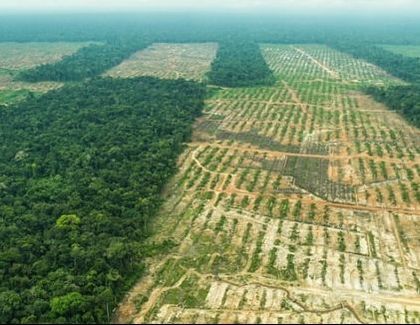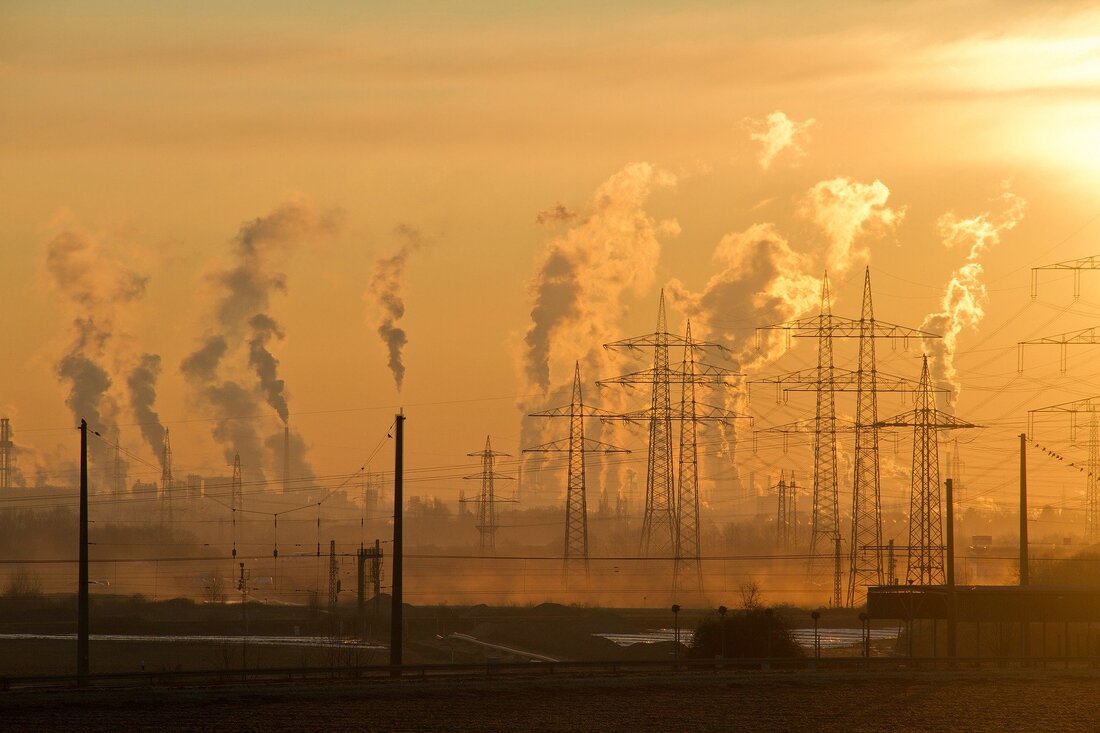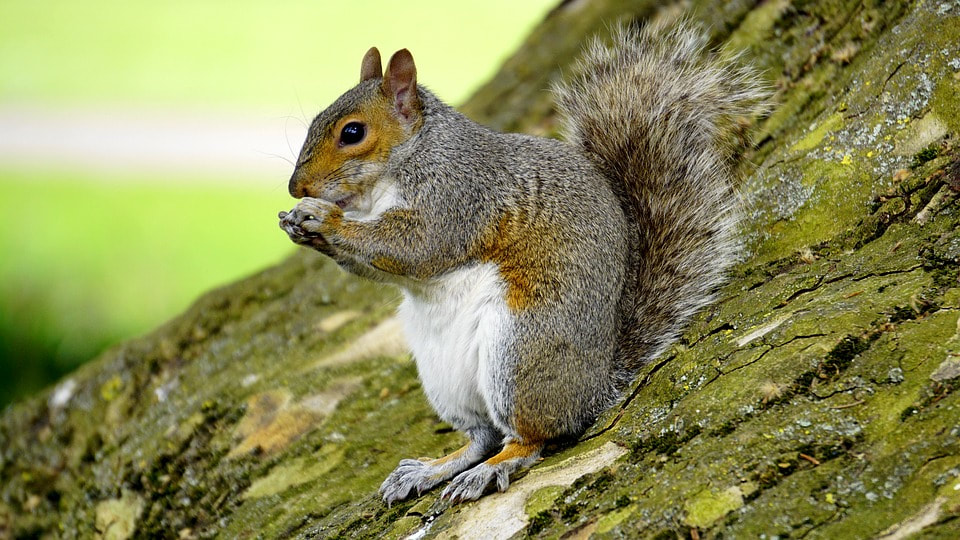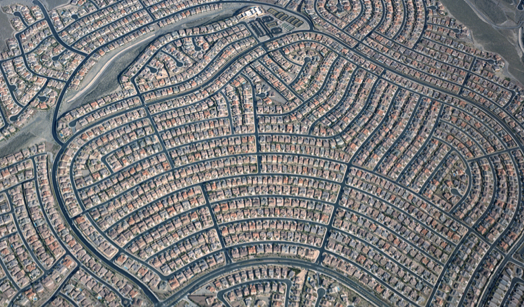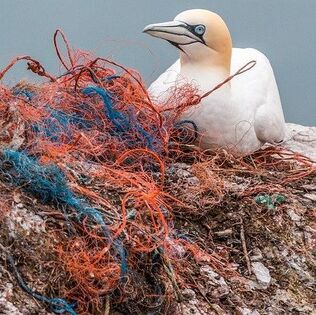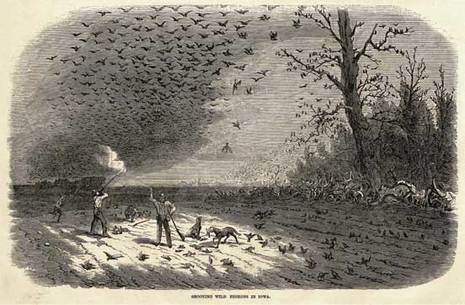Why is Biodiversity in danger?
Even though biodiversity is really important, it has been treated very badly. Since 1970, populations of the earth's wildlife have decreased by 68%. Just think about that - 68%! This includes mammals, birds, reptiles, amphibians and fish. This is so sad. But why is this happening? The most serious problems are listed and explored below:
|
HABITAT LOSS
|
Habitat loss is when a species loses its home. This can happen in many different habitats but a common example is when forests are cut down. This is called deforestation and it's happening at a shocking rate. Globally, one acre of forest is lost every single second. This is the same as an area the size of Croke Park every 3 seconds. In fact, by the time you finish reading this page another 225 acres will have been lost.
This is very sad as forests are biodiversity hotspots. For instance, tropical rainforests are home to about 80% of the world’s species. Just imagine, 80% of all known species are found only in these habitats! Even more amazingly, scientists are still discovering new species; for example in the Amazon Rainforest a new species is discovered every 2 days. While these discoveries are tremendously exciting, it is also tremendously sad to think of all the species that go extinct without ever being discovered, bringing their unknown potential with them, forever. |
Climate Change
Invasive Species
|
An invasive species is one that invades a habitat and causes harm. For example, the North American Grey Squirrel is an invasive species in Ireland. Up to 12 squirrels were released in 1911 at the Castleforbes Estate in Co. Longford (supposedly as a wedding present!). Since that day these grey squirrels have multiplied to outnumber the native Irish red squirrel. They are a problem as they eat the food of the red squirrel and cause up €4.5m in damage annually to trees by bark stripping. There are dozens of other invasive plants and animals across Ireland damaging native populations and costing around €200m to the Irish economy every year.
|
Population Growth
|
Every day the world's population grows by 246,015 people. That equals 171 extra people every single minute. Imagine building an extra 7 classrooms at your school every minute to accommodate all these new students!
Just like us they want to enjoy their lives and need the basics like food, water and somewhere to live. However, the more room us humans take up, the less space biodiversity has. Quite often biodiversity loses out as we build more houses, roads, schools, farms and factories. |
Pollution
|
Pollution is anything we add to the environment that makes it unhealthy. It can come in many different forms and affect different parts of the environment such as land, sea or air. A type of pollution that scientists are becoming increasingly worried about are plastics.
Plastics were praised for their cheap and durable properties, however this durability far, far exceeds their use; for example a simple drinks bottle can take up to 450 years to decay. Unbelievably, we buy 20,000 of these bottles every single second around the world. That's 480 billion bottles per year. If stacked end-to-end that's half-way to the sun! Only about 7% are recycled with the rest ending up in landfills or the sea. It's estimated that up to 13m tonnes of such plastic enters the sea every year. This can be in the form of large plastics such as bottles and bags or degraded plastics called microplastics. This can seriously affect marine biodiversity by ensnaring them or being eaten by them. |
And it doesn't stop there! These plastics come back up the food-chain to us. Scientists have calculated that seafood lovers will ingest up to 11,000 pieces of plastic every year, with one-third of popular seafood caught in some European waters now containing micro-plastics. Overall, it is estimated that the average person will consume 5g of plastic each week. That's the equivalent of eating a credit card every single week!
Exploitation
|
Exploitation is basically being greedy. It's what happens when we act in an unsustainable manner and take too much from biodiversity, resulting in its collapse. This could be taking too many fish from the sea before letting their population recover, cutting down too many trees without planting more or hunting endangered species.
A famous example of exploitation is the Passenger Pigeon. The Passenger Pigeon lived in North America and was thought to be the most common bird on the planet with estimates of at least 3 billion birds. Amazingly, migrating flocks one mile wide would block out the sun for up to three days as they passed. Due to this immense abundance they were easily hunted throughout the 19th century using nets, guns and even sticks and stones. It probably seemed unbelievable to people at the time that they could have any impact on such a species. Unfortunately, they were incorrect and the hunting continued until the last remaining Passenger Pigeon in the world, named Martha, died in Cincinnati Zoo on September 1st 1914 aged 29. |
(Credit: Schorger)
|
In the time it took to read this page:
|
Acres of trees were cut down
|
Extra people were added to the world population
|
New plastic bottles were sold
|
References
Audubon (2014) Why the Passenger Pigeon went extinct
Ellen MacArthur Foundation (2016) The new plastics economy — Rethinking the future of plastics
Guardian (2017) World's plastic binge 'as dangerous as climate change'
IPBES (2019) Global Assessment Report
Invasive Species Ireland (2017) What is an invasive species?
National Parks and Wildlife Service (2012) Irish Squirrel Survey
NASA (2017) Climate Change and Global Warming
Population Reference Bureau (2016) World Population Data Sheet
Scientific American (2014) 3 billion to zero: What happened to the Passenger Pigeon?
World Wildlife Fund (2017) Deforestation
World Wildlife Fund (2018) Living Planet Report
World Wildlife Fund (2017) Untold treasures: New species discoveries in the Amazon 2014-15
World Wildlife Fund (2019) No Plastic in Nature: Assessing Plastic Ingestion from Nature to People
World Wildlife Fund (2020) Living Planet Report

